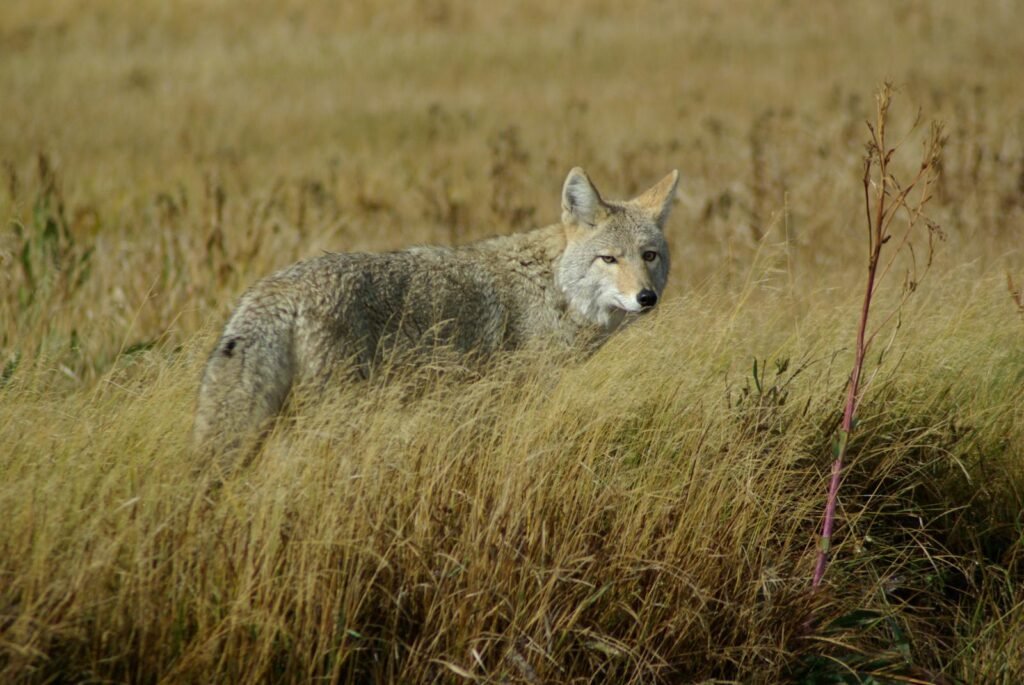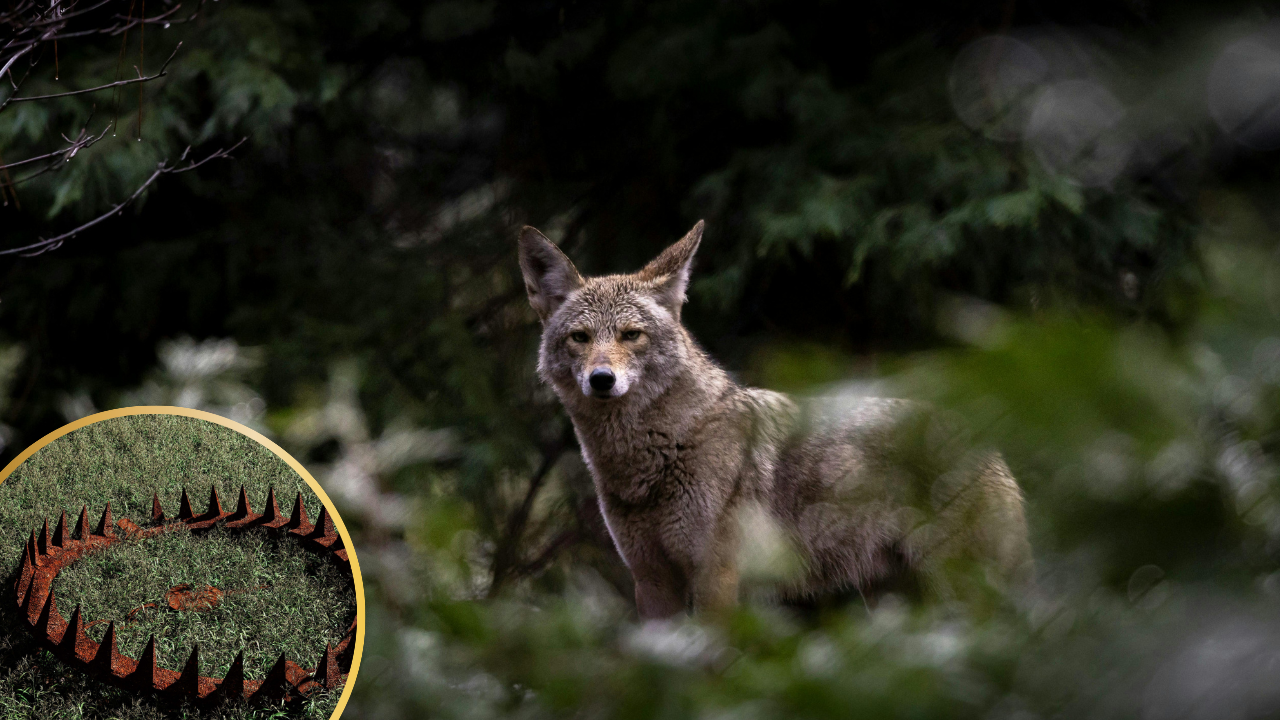DD Animal News. 26th June, 2025: Imagine taking a peaceful walk through a national wildlife refuge—birds overhead, deer grazing nearby, maybe your dog trotting happily beside you. Now imagine that same walk turning into a nightmare when your pet yelps in agony, caught in a hidden steel trap meant for a wild animal. It sounds unthinkable, yet these kinds of incidents happen far too often on lands that are supposed to be safe for both wildlife and the people who love nature. Fortunately, something is now being done about it.
On Wednesday, U.S. Representatives Jerrold Nadler (D-NY) and Earl Blumenauer (D-OR) reintroduced the Refuge from Cruel Trapping Act, a piece of legislation aimed at eliminating the use of brutal body-gripping traps from the National Wildlife Refuge System. These devices—which include steel-jaw leghold traps, Conibear traps, and strangulation neck snares—are known to inflict intense suffering, severe injuries, and prolonged deaths on wildlife. By reintroducing this bill, lawmakers hope to restore the original mission of America’s refuge lands as safe havens, not death traps, for wild animals.
What the Act Would Prohibit

The core of the proposed legislation is straightforward: it would prohibit the use of body-gripping traps on any lands within the National Wildlife Refuge System. These traps, which are largely indiscriminate, can snap shut on any animal, including endangered species, pets, and even unsuspecting people. Steel-jaw leghold traps, for instance, clamp onto an animal’s limb with immense force, often leading to shattered bones, torn ligaments, or death by exposure or starvation. The Conibear trap crushes the neck or spine, while snares tighten around the throat or body until the animal suffocates or bleeds out. Supporters of the Act argue that such devices have no place on lands intended for the protection of wildlife.
Preserving the Sanctuary of National Wildlife Refuges
The National Wildlife Refuge System was created to provide a network of public lands dedicated to the conservation of native species and their habitats. However, over half of the refuges across the U.S. currently allow trapping—often for recreational or commercial purposes. The Refuge from Cruel Trapping Act seeks to uphold the original intent of these refuges by ensuring they are free from cruel and archaic trapping methods. “This legislation would align our wildlife refuges with their name,” said Nadler, emphasizing the need to treat public lands as true sanctuaries.
Preventing Harm to People and Pets

Beyond wildlife, the traps also pose a danger to hikers, pet owners, and families who visit these public lands. There have been numerous reports of domestic dogs being caught in leghold traps while on leash walks, often suffering from fatal injuries or requiring amputation. Children and adults have also unintentionally triggered these traps, leading to painful injuries. Blumenauer pointed out that “no family outing should end in trauma because of a hidden trap.” By eliminating these devices from the refuge system, the bill would make public lands safer for everyone who uses them.
Public Lands Belong to Everyone—Not Just Trappers
The legislation also raises questions about who gets to decide how public lands are used. The Refuge from Cruel Trapping Act challenges the disproportionate influence of a small number of commercial trappers who currently benefit from access to these lands, often at the expense of broader public interest. Trapping permits are typically inexpensive and loosely regulated, yet the impact they have on wildlife, ecosystems, and public safety is significant. By banning body-gripping traps, the Act reclaims public lands for ethical and conservation-focused purposes that align with modern values of animal welfare and environmental protection.
Reclaiming the True Purpose of Refuges

At its heart, the Refuge from Cruel Trapping Act is about redefining what America’s wildlife refuges should be: safe, protected places for animals to thrive without the threat of brutal, indiscriminate traps. It also reflects a broader cultural shift toward humane treatment of animals and responsible stewardship of public lands. With growing public awareness and bipartisan support for wildlife protection, this bill has the potential to close a dark chapter in how refuge lands are managed. If passed, it would not only save countless animals from needless suffering but also reaffirm that public lands must serve the greater good—of people, pets, and wildlife alike.

Gargi from India has a Masters in History, and a Bachelor of Education. An animal lover, she is keen on crafting stories and creating content while pursuing a career in education.






